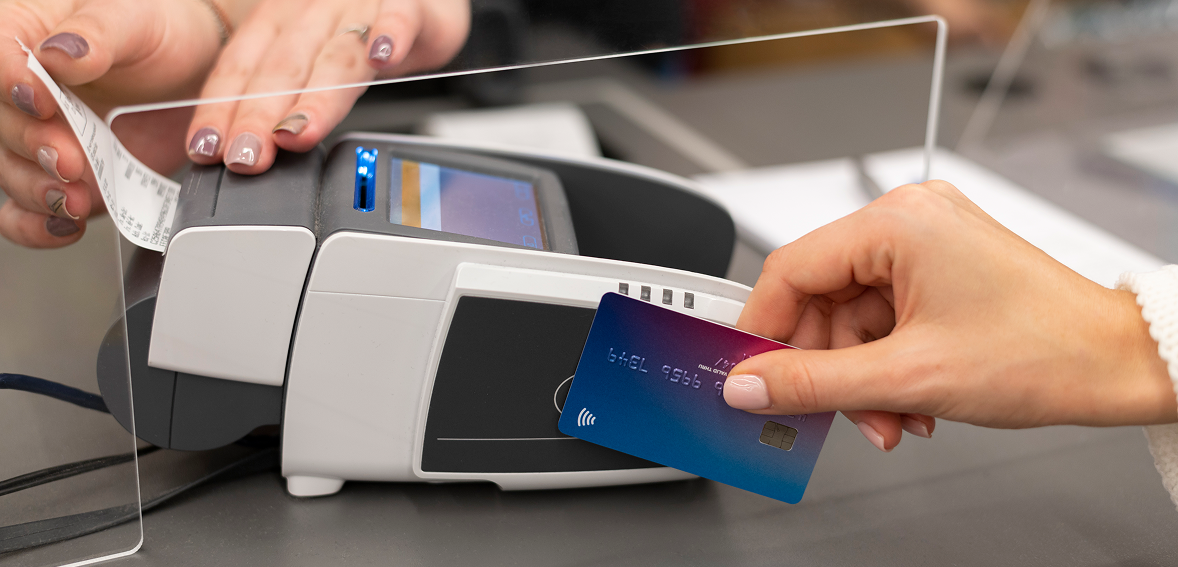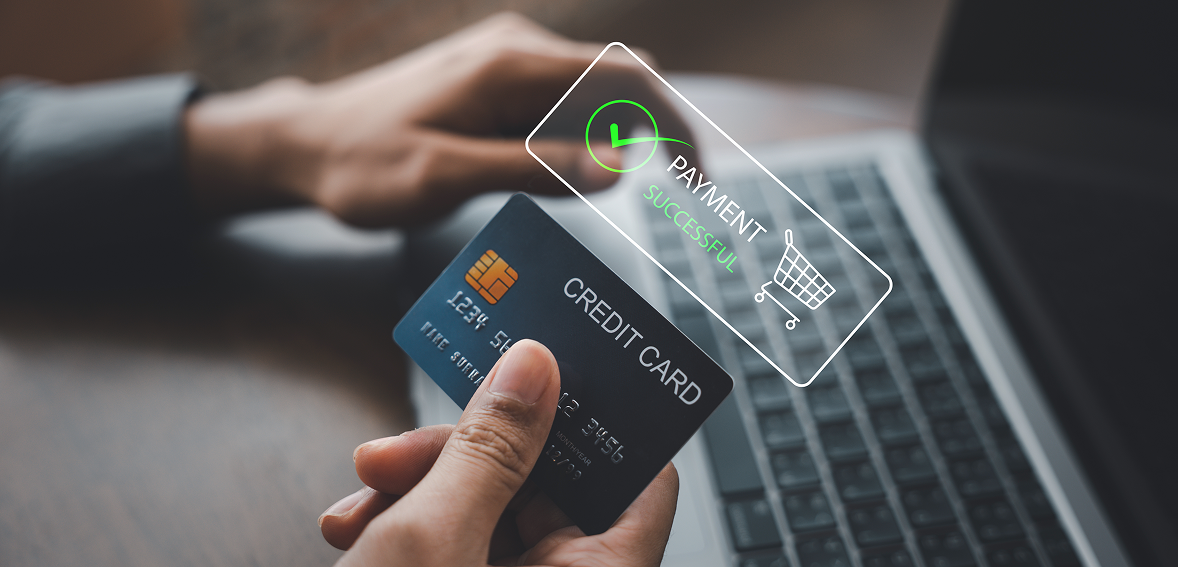
By Ella Carey January 16, 2025
In the world of digital payments, credit card processing is at the heart of modern transactions. Whether you’re running a brick-and-mortar retail store, an e-commerce platform, or a mobile business, your ability to accept and process credit card payments efficiently is crucial for success. At California Payment Processing, we understand the importance of having a reliable, secure, and cost-effective credit card processing solution. This blog post will explore current trends in credit card processing, offer practical tips for optimizing your transaction experience, and share actionable insights to ensure you’re providing the best payment experience for your customers.
What is Credit Card Processing?
Credit card processing refers to the steps involved in accepting credit card payments from customers. When a customer makes a purchase, the credit card processor facilitates the transaction by ensuring funds are transferred from the cardholder’s bank to the merchant’s account. This process involves several key players, including the merchant, the customer, the bank, and the payment processor. The goal of credit card processing is to ensure that the transaction is secure, fast, and seamless for all parties involved.
Current Trends in Credit Card Processing

Credit card processing is not static; it’s continuously evolving to meet the changing demands of businesses and consumers. Here are some of the top trends that are shaping the future of credit card transactions:
1. Contactless Payments on the Rise
The rise of contactless payments has been one of the most significant trends in credit card processing over the past few years. According to Visa, contactless payments grew by more than 80% in 2022, driven by consumer demand for faster, safer, and more convenient ways to pay. Contactless payments allow customers to simply tap their credit card or mobile device near a payment terminal to complete a transaction.
For businesses, adopting contactless payment technology is essential to stay competitive. Not only does it speed up transaction times, but it also provides customers with a hygienic, touch-free payment experience—something that became especially important during the COVID-19 pandemic.
2. Mobile Wallets and Digital Payment Solutions
Mobile wallets, such as Apple Pay, Google Pay, and Samsung Pay, have become increasingly popular as consumers turn to their smartphones to make payments. These wallets store credit card information securely, allowing for quick and easy payments both online and in-store.
For businesses, integrating mobile payment options into your credit card processing system is an excellent way to cater to a growing number of customers who prefer using their phones to pay. The convenience and speed of mobile wallets can improve customer satisfaction and loyalty.
3. Artificial Intelligence (AI) in Fraud Prevention
As credit card fraud continues to evolve, businesses and payment processors are turning to artificial intelligence (AI) to prevent fraudulent transactions. AI systems can analyze transaction data in real time, identifying suspicious patterns and flagging potential fraud before it happens.
Incorporating AI-powered fraud detection into your payment processing system can not only reduce the risk of fraudulent transactions but also improve the security of your customers’ sensitive information, leading to greater trust and confidence in your business.
4. EMV Chip Technology
EMV chip technology has revolutionized the way credit card payments are processed by providing a higher level of security compared to traditional magnetic stripe cards. The chip creates a unique transaction code every time it’s used, making it much harder for criminals to counterfeit cards.
If you haven’t already upgraded to EMV-compatible payment terminals, now is the time. Many card networks, including Visa and MasterCard, have implemented liability shifts, which means that merchants who don’t adopt EMV technology could be held liable for fraud-related chargebacks.
5. International Credit Card Processing
As businesses become more global, the need for seamless international credit card processing has increased. Companies are looking for payment solutions that can handle multiple currencies, languages, and payment methods to accommodate customers from different regions.
If your business operates internationally or plans to expand, make sure your credit card processing system supports international payments. Look for a provider that offers multi-currency support, low transaction fees, and fast processing times to ensure a smooth experience for your global customers.
Practical Tips for Optimizing Your Credit Card Processing

Now that we’ve covered some of the key trends, let’s dive into some practical tips to help you optimize your credit card processing system:
1. Choose the Right Payment Processor
The first step in optimizing your credit card processing is selecting the right payment processor. Look for a processor that aligns with your business needs, offers competitive transaction rates, and provides strong customer support. Consider factors like transaction speed, security features, and whether they offer advanced fraud prevention tools.
Some well-known payment processors include Stripe, Square, PayPal, and Authorize.Net. Each has its own set of features and pricing, so it’s important to compare them to find the best fit for your business.
2. Invest in a Secure POS System
Your point-of-sale (POS) system is the backbone of your credit card processing setup. A secure POS system helps ensure that customer data is protected during transactions. Look for systems that are PCI-compliant (Payment Card Industry Data Security Standard) and offer end-to-end encryption to safeguard sensitive information.
Additionally, invest in POS hardware that supports contactless payments and EMV chip cards to keep up with current trends in payment processing.
3. Streamline Payment Integration
If you operate an online business, integrating your credit card processing system with your website is essential. A seamless payment gateway integration allows for smooth online transactions, which can reduce cart abandonment rates and increase conversions.
Consider working with a payment processor that offers easy integration with your e-commerce platform, whether it’s Shopify, WooCommerce, or Magento. The more streamlined the process, the better the experience for both you and your customers.
4. Monitor Transaction Fees
Transaction fees can add up quickly, especially for businesses with high sales volumes. Be sure to monitor the fees charged by your payment processor to ensure you’re not overpaying. Look for opportunities to lower costs, such as negotiating rates or choosing a processor with transparent fee structures.
5. Stay Up-to-Date with Compliance and Regulations
The payments industry is heavily regulated, with evolving standards and rules regarding security, fraud prevention, and privacy. Stay informed about PCI compliance requirements, EMV standards, and any changes in regulations that may impact your payment processing system.
Regularly reviewing your credit card processing setup and updating it to comply with the latest standards will help protect your business and your customers.
Real-World Example: How Amazon Optimized Credit Card Processing for Global Growth
Amazon is a prime example of how effective credit card processing can support business growth. With millions of transactions happening daily, Amazon has implemented a sophisticated credit card processing system that supports multiple payment methods, currencies, and security features.
By offering a seamless checkout experience that includes options like credit cards, Amazon Pay, and digital wallets, Amazon has made it easy for customers to make purchases from anywhere in the world. The company also uses fraud prevention technologies to ensure that transactions are secure, further enhancing customer trust.
The Future of Credit Card Processing: What’s Next?

The future of credit card processing is bright, with many innovations on the horizon. Blockchain technology and cryptocurrency payments could revolutionize how transactions are processed by offering faster, cheaper, and more secure alternatives to traditional credit card systems. Additionally, AI and machine learning will continue to play a major role in fraud detection, personalization, and transaction optimization.
As payment technology continues to evolve, businesses that stay ahead of these trends will be best positioned to succeed in an increasingly competitive market.
Conclusion: Embrace the Future of Credit Card Processing
Credit card processing is a critical component of any modern business, and staying informed about the latest trends and best practices can help you optimize your payment system. By embracing new technologies, improving security measures, and offering a seamless transaction experience, you can build trust with your customers and drive growth for your business.
At California Payment Processing, we’re here to help you navigate the world of credit card processing. Whether you’re just starting out or looking to upgrade your existing system, we provide the tools, resources, and expertise you need to succeed in today’s digital payment landscape.
Stay ahead of the curve and future-proof your payment system today!